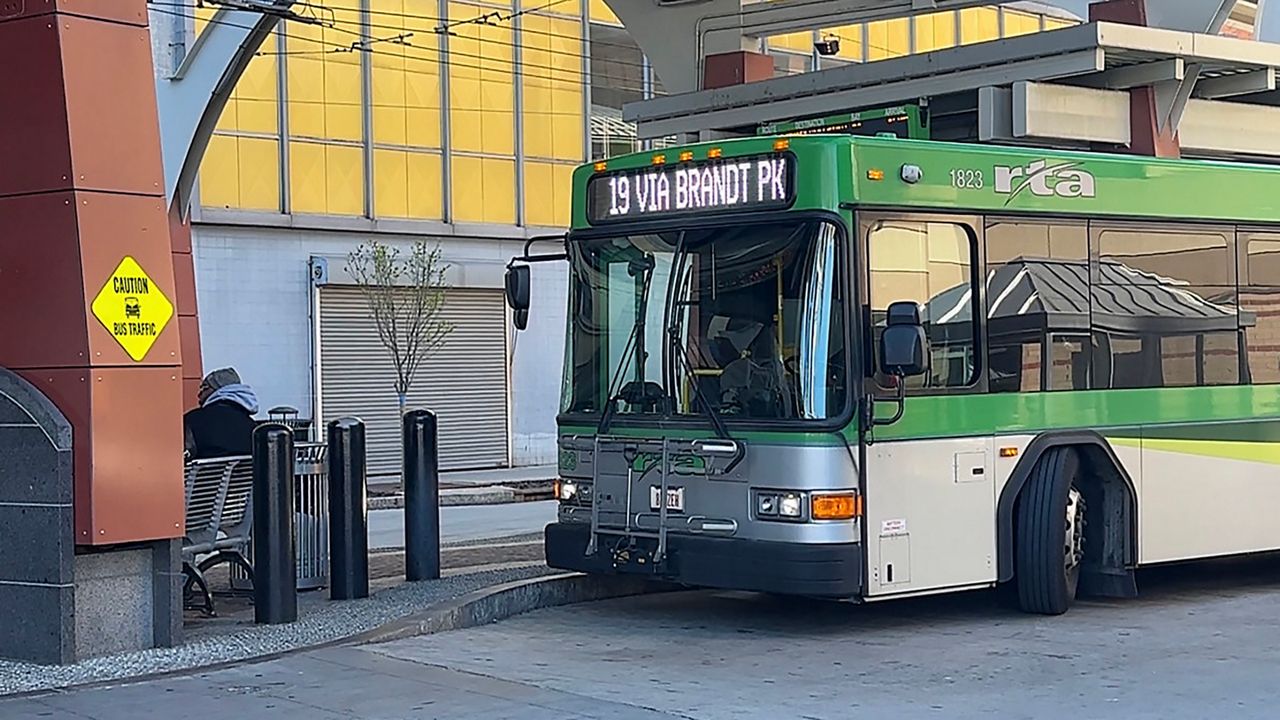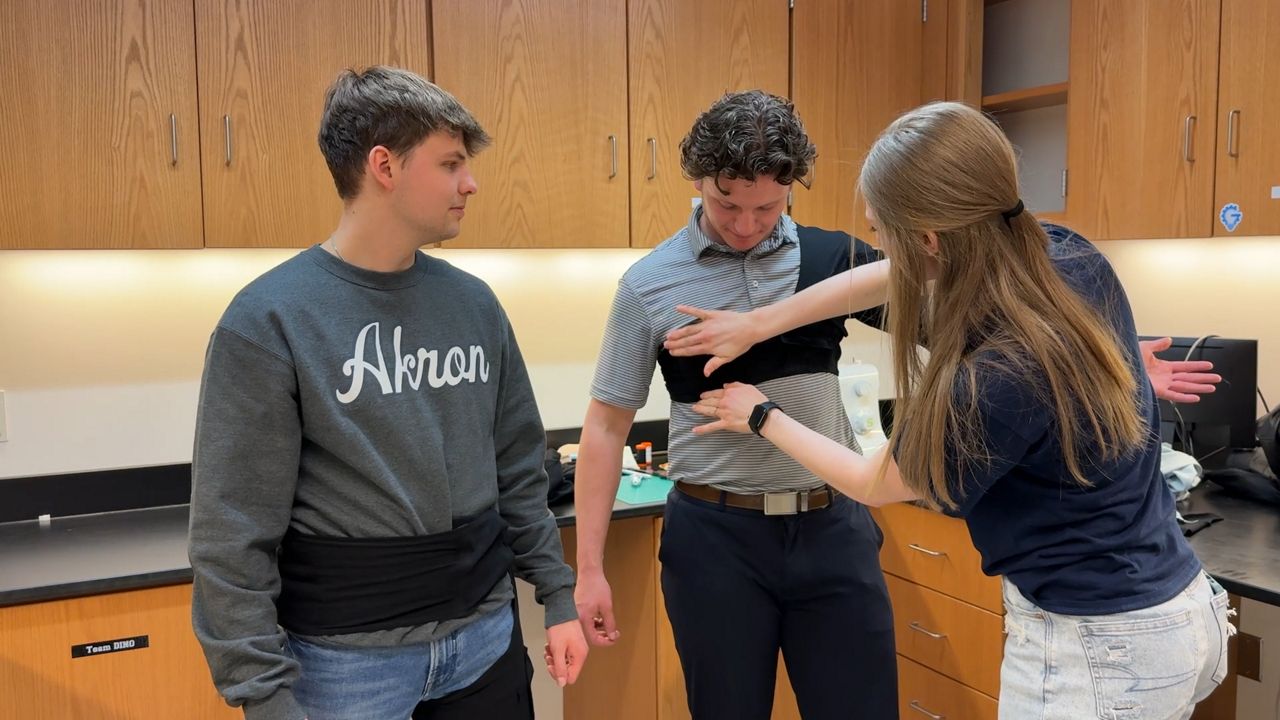OHIO — The Center for Education Policy Research at Harvard University and The Educational Opportunity Project at Stanford University released a report on the gains and losses districts experienced before and after the pandemic.
What You Need To Know
- Researchers looked at student test score results from about 8,000 school districts in 30 states
- Ohio was 1 of 8 states where the 2023 gap in math scores between high- and low-income districts is more than half a grade level larger now than in 2019
- Ohio was 1 of 4 states with the largest widening of gaps in math and reading
- To view the report, click here
Tom Kane, professor of education and economics at Harvard said while they saw student achievement improve across the nation in math and reading in 2022 and 2023, it was still not enough in many cases to address the gaps that existed in high and low poverty districts.
For large urban districts dealing with high poverty rates, lack of resources has been one reason they were behind. As a result, their losses turned out to them being half a grade or further behind than they were in 2019. For Kane and other researchers, they concluded educators needed to realize students need more time to catch up.
To help them catch up, he indicated:
Summer learning openings need to be increased
Federal dollars left need to be used to expand tutoring and after-school programs
Recovery efforts should be extended for another year
Elected officials, employers and community leaders should launch public awareness campaigns to lower student absenteeism
The state should make a list of students who graduated but didn’t attend college and ask if they need help with post secondary options or financial aid
“The state shouldn’t rest until all students, all school districts have recovered,” he said. “If state legislators want better data on what the efficacy of taxpayers’ dollars are, they ought to require districts to keep better records of which kids are getting which services… so that we can say later, what’s worked.”
Ohio Education Association President Scott DiMauro also believes more needs to be done.
“You need to see new investments from the federal level, but the primary responsibility with all of this rests with the state of Ohio,” he said.
In the meantime, as DiMauro looks at the future of education, he said he’s concerned.
“We have to make sure that we’re not falling into the trap that we’ve fallen into so many times in the past where we’re chasing after test scores… drilling and killing reading and math and really causing students to become even more disengaged from school and from learning,” he said.










